South Iceland is the most frequently visited part of the country. The region is home to such natural wonders as the Golden Circle, Seljalandsfoss waterfall, Eyjafjallajökull glacier and Þórsmörk nature reserve. Despite being a massive tourist attraction, the area still has some hidden secrets that are also worth discovering.
1. The Secret Lagoon

Although not so secret any more, the old pool in Flúðir should definitely be on one’s bucket list. Built in 1891, and located in the geothermal area near Flúðir, the pool has been kept natural so guests can experience the ‘true’ Icelandic feeling of hot springs. The water is a cosy 38° to 40°C (100° to 104°F) all year around. The area is full of geothermal spots, and near the pool there is a small ‘geyser’ that erupts every five minutes, creating a great show for those lounging in the pool.
See: secretlagoon.is
2. Fjöruborðið restaurant in Stokkseyri

This popular seafood restaurant is located in Stokkseyri, a small seaside village situated 10 minutes away from Selfoss. The eatery is known for its langoustine, oceanic view and relaxed atmosphere. We recommend you take a leisurely stroll along the sea front after your meal.
See: fjorubordid.is
3. Fákasel Equestrian Theatre

The popularity of the Icelandic horse continues to grow world-wide. The breed is known for its sturdiness, extremely long lifespan, lively temperament and somewhat strong but workable character. Get to know the breed better at Fákasel, Iceland‘s only equestrian theatre. Fákasel is situated midways between the neighbouring towns of Hveragerði and Selfoss and its aim is to showcase the Icelandic horse’s talent and beauty. This is a show the whole family can enjoy!
See: fakasel.is
4. The Viking farm at Stöng

Þjóðveldisbærinn, or the Reconstructed Farm in English, is a farm based on the excavated farmhouse at Stöng in Þjórsárdalur valley. The farm is believed to have been destroyed during the 1104 eruption of the Hekla volcano.
See: thjodveldisbaer.is
5. The Golden Circle

The Golden Circle is the most popular tour in Iceland and includes three major destinations: Þingvellir National Park, Gullfoss waterfall and Geysir geothermal area.
Þingvellir is the site of Iceland’s first parliament and its name can be directly translated to ‘Parliament Planes’.
6. Hveragerði swimming pool

The geothermal swimming pool in the village of Hveragerði, South Iceland, was constructed in 1938 by local volunteers and members of the Ölfushreppur district Youth Association. At the time of its construction, the pool was the largest in the country.
7. Vestmannaeyjar archipelago

The Vestmannaeyjar archipelago consists of fifteen islands, with Heimaey Island being the largest and the only one that is inhabited, with a population of roughly 4200. An eruption began in Heimaey shortly after midnight on January 23, 1973, and lasted nearly six months. There was very little advance warning that such a catastrophe was about to happen. Gradually, during the next few weeks, the earth rose with the eruptions to produce a small volcanic mountain, Eldfell, meaning Fire Mountain, where once there was a flat meadow. Another popular tourist attraction is Tóti the puffin. Tóti resides in the Sæheimar aquarium where he welcomes guests daily and might even do a trick or two.
7. The Saga of Burnt Njáll

Brennu-Njáls Saga, or simply Njála, is a 13th century Icelandic saga. Its main characters are Njáll Þorgeirsson, a lawyer, and Gunnar Hámundarson, one of Iceland’s most beloved heroes. The saga deals with feuds and revenge and how honour caused minor disputes spiralling into destructive bloodshed. The Saga Centre located in the small village of Hvolsvöllur is situated in the middle of the saga’s settings and offers guests a chance to visit all the sites described in the story. It also offers guided tours of the area.
See: sagatrail.is
8. Brúarfoss waterfall

Brúarfoss is located just above Brekkuskógur, a popular weekend home area located a short drive from the village of Laugarvatn. The river Brúará flows through a huge crevasse that forms Brúarfoss waterfall. Despite its close proximity to popular tourist destinations, the waterfall is not frequently visited, perhaps due to the hour-long hike to reach it.
9. Þórsmörk nature reserve

The Þórsmörk Nature Reserve is a gorgeous mountain ridge nestled between Tindfjallajökull and Eyjafjallajökull glaciers. Due to its location, the climate is especially mild and the valley is unusually green and vegitated. The area is popular with hikers but numerous tour operators also offer guided daytours to the area.
10 Sólheimar eco-village

Sólheimar, Iceland‘s first and only eco-village, was founded in 1930 by a young visionary named Sesselja Sigmundsdóttir (1902-1974). The place has become reputable for its innovation and its ecological concept, attracting visitors and volunteers from all over the world.
Sólheimar was also Iceland’s first community for children with disabilities and, although it has evolved into a modern eco-village with a thriving community of around 100 individuals, it remains first and foremost a home for people with disabilities and guests visiting Sólheimar are urged to show consideration for the town’s residents.
A number of interesting attractions are located within the Sólheimar village itself, such as craft workshops and the charming coffee shop Græna Kannan. The café serves great coffee and delicious cakes – all organic, of course – and is where locals gather during their spare time for a little tête-à-tête.
See: solheimar.is
South Iceland is the most frequently visited part of the country. The region is home to such natural wonders as the Golden Circle, Seljalandsfoss waterfall, Eyjafjallajökull glacier and Þórsmörk nature reserve. Despite being a massive tourist attraction, the area still has some hidden secrets that are also worth discovering.
1. The Secret Lagoon

Although not so secret any more, the old pool in Flúðir should definitely be on one’s bucket list. Built in 1891, and located in the geothermal area near Flúðir, the pool has been kept natural so guests can experience the ‘true’ Icelandic feeling of hot springs. The water is a cosy 38° to 40°C (100° to 104°F) all year around. The area is full of geothermal spots, and near the pool there is a small ‘geyser’ that erupts every five minutes, creating a great show for those lounging in the pool.
See: secretlagoon.is
2. Fjöruborðið restaurant in Stokkseyri

This popular seafood restaurant is located in Stokkseyri, a small seaside village situated 10 minutes away from Selfoss. The eatery is known for its langoustine, oceanic view and relaxed atmosphere. We recommend you take a leisurely stroll along the sea front after your meal.
See: fjorubordid.is
3. Fákasel Equestrian Theatre
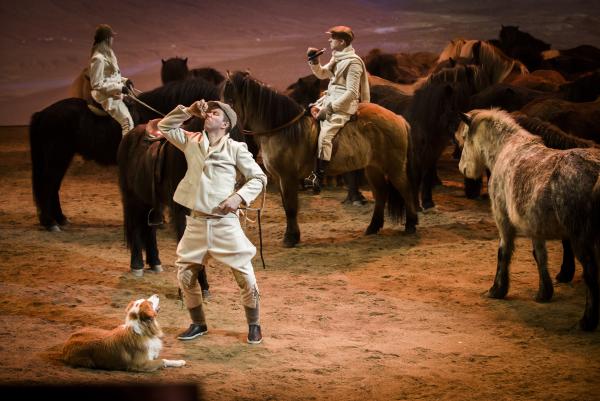
The popularity of the Icelandic horse continues to grow world-wide. The breed is known for its sturdiness, extremely long lifespan, lively temperament and somewhat strong but workable character. Get to know the breed better at Fákasel, Iceland‘s only equestrian theatre. Fákasel is situated midways between the neighbouring towns of Hveragerði and Selfoss and its aim is to showcase the Icelandic horse’s talent and beauty. This is a show the whole family can enjoy!
See: fakasel.is
4. The Viking farm at Stöng
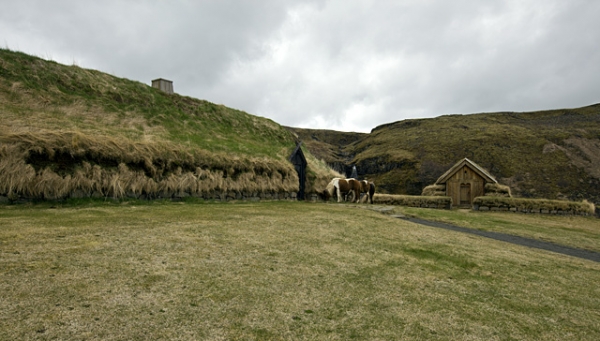
Þjóðveldisbærinn, or the Reconstructed Farm in English, is a farm based on the excavated farmhouse at Stöng in Þjórsárdalur valley. The farm is believed to have been destroyed during the 1104 eruption of the Hekla volcano.
See: thjodveldisbaer.is
5. The Golden Circle
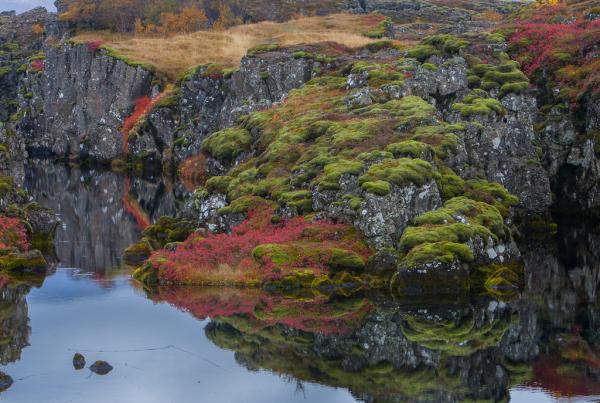
The Golden Circle is the most popular tour in Iceland and includes three major destinations: Þingvellir National Park, Gullfoss waterfall and Geysir geothermal area.
Þingvellir is the site of Iceland’s first parliament and its name can be directly translated to ‘Parliament Planes’.
6. Hveragerði swimming pool

The geothermal swimming pool in the village of Hveragerði, South Iceland, was constructed in 1938 by local volunteers and members of the Ölfushreppur district Youth Association. At the time of its construction, the pool was the largest in the country.
7. Vestmannaeyjar archipelago
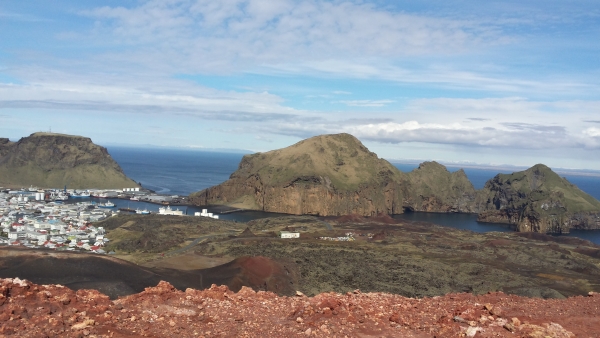
The Vestmannaeyjar archipelago consists of fifteen islands, with Heimaey Island being the largest and the only one that is inhabited, with a population of roughly 4200. An eruption began in Heimaey shortly after midnight on January 23, 1973, and lasted nearly six months. There was very little advance warning that such a catastrophe was about to happen. Gradually, during the next few weeks, the earth rose with the eruptions to produce a small volcanic mountain, Eldfell, meaning Fire Mountain, where once there was a flat meadow. Another popular tourist attraction is Tóti the puffin. Tóti resides in the Sæheimar aquarium where he welcomes guests daily and might even do a trick or two.
7. The Saga of Burnt Njáll
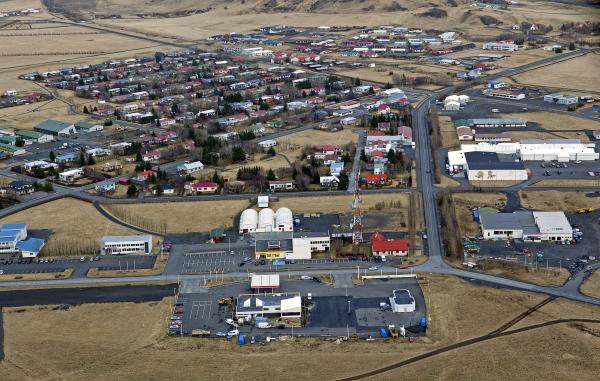
Brennu-Njáls Saga, or simply Njála, is a 13th century Icelandic saga. Its main characters are Njáll Þorgeirsson, a lawyer, and Gunnar Hámundarson, one of Iceland’s most beloved heroes. The saga deals with feuds and revenge and how honour caused minor disputes spiralling into destructive bloodshed. The Saga Centre located in the small village of Hvolsvöllur is situated in the middle of the saga’s settings and offers guests a chance to visit all the sites described in the story. It also offers guided tours of the area.
See: sagatrail.is
8. Brúarfoss waterfall

Brúarfoss is located just above Brekkuskógur, a popular weekend home area located a short drive from the village of Laugarvatn. The river Brúará flows through a huge crevasse that forms Brúarfoss waterfall. Despite its close proximity to popular tourist destinations, the waterfall is not frequently visited, perhaps due to the hour-long hike to reach it.
9. Þórsmörk nature reserve
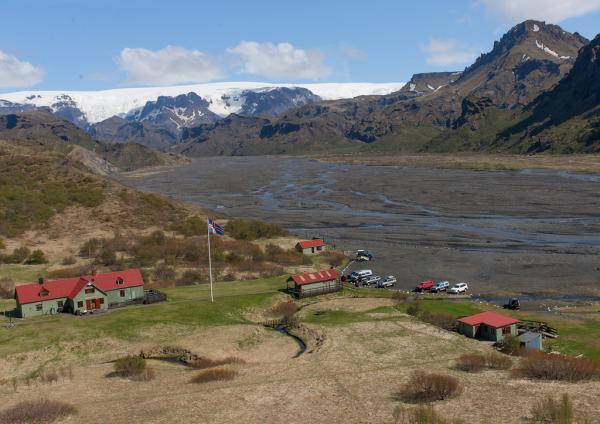
The Þórsmörk Nature Reserve is a gorgeous mountain ridge nestled between Tindfjallajökull and Eyjafjallajökull glaciers. Due to its location, the climate is especially mild and the valley is unusually green and vegitated. The area is popular with hikers but numerous tour operators also offer guided daytours to the area.
10 Sólheimar eco-village
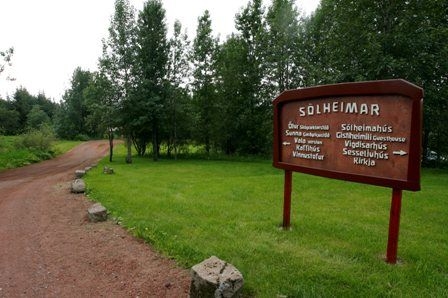
Sólheimar, Iceland‘s first and only eco-village, was founded in 1930 by a young visionary named Sesselja Sigmundsdóttir (1902-1974). The place has become reputable for its innovation and its ecological concept, attracting visitors and volunteers from all over the world.
Sólheimar was also Iceland’s first community for children with disabilities and, although it has evolved into a modern eco-village with a thriving community of around 100 individuals, it remains first and foremost a home for people with disabilities and guests visiting Sólheimar are urged to show consideration for the town’s residents.
A number of interesting attractions are located within the Sólheimar village itself, such as craft workshops and the charming coffee shop Græna Kannan. The café serves great coffee and delicious cakes – all organic, of course – and is where locals gather during their spare time for a little tête-à-tête.
See: solheimar.is






